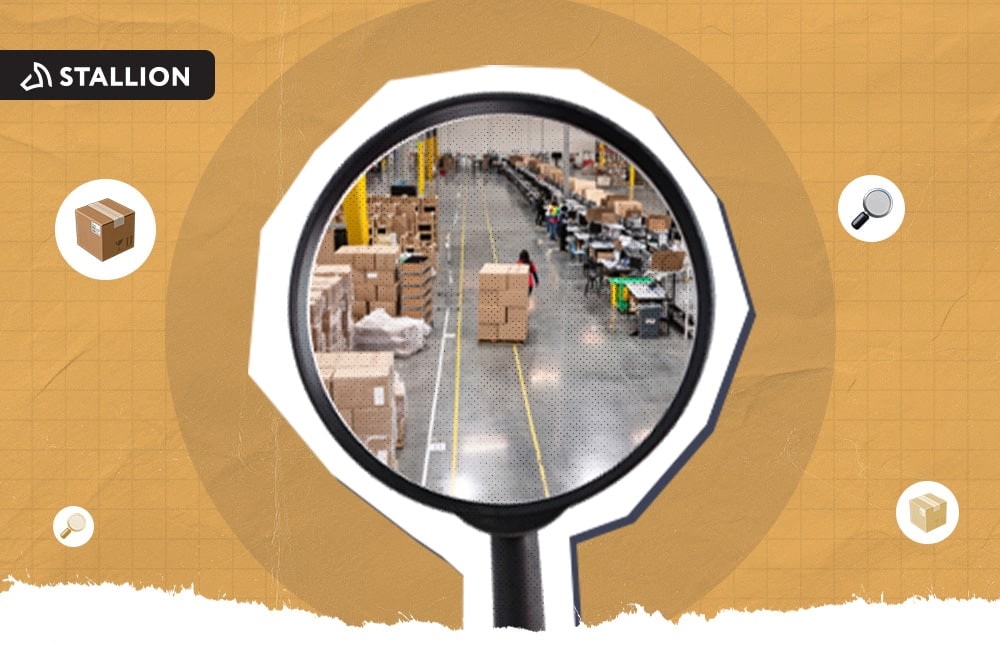
The rise of micro-fulfillment centers is transforming how retailers handle online orders across Canada and beyond. As more Canadians embrace online shopping, businesses are racing to deliver products faster and more efficiently than ever.
Companies are discovering that these distribution hubs could be the key to meeting sky-high customer expectations. But what are micro fulfillment centers, and how do they actually help businesses?
This blog will discuss why these innovative facilities are taking the retail world by storm.
Micro-fulfillment centers (or micro-fulfilment centers) are small warehouses located in the heart of a city or town. It is designed to serve localized areas with faster delivery times.
The size depends on the business's needs and the geographic area it serves. The typical size usually ranges from 10,000 to 40,000 square feet. However, some might be as small as 3,000 to 10,000 square feet.
Unlike big warehouses that sit far outside city limits, you can find most micro-fulfillment centers in different facilities, such as:
The main goal is to get products to nearby customers faster and cheaper than shipping from traditional warehouses.
These small-scale warehouse facilities help the eCommerce industry to make fast order fulfillment processes efficient. Here's how they work:
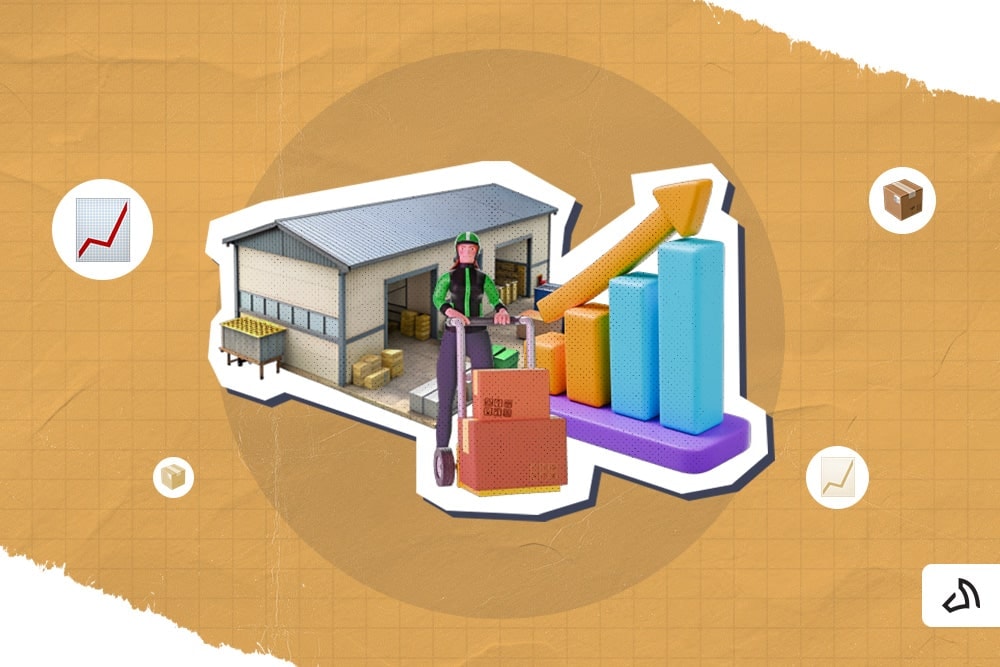
As mentioned, micro-fulfillment centers rapidly emerged as game-changing solutions in modern retail and eCommerce. Let's explore the key functions driving their growing adoption.
Many shoppers want their online orders delivered quickly. When we say "quickly," we mean not in days but within a few hours. This might sound impossible, but with a great strategy, you can make it happen.
Many micro-fulfillment centers meet this need by placing products closer to where people live and shop.
Suppose businesses ship items from distant warehouses. Instead, these local facilities can get orders to nearby customers much faster. Major retailers like Canadian Tire and Walmart use these centers to compete with rapid delivery services.
As a result, they can meet customers' expectations for same-day or next-day delivery.
Operating massive warehouses far from cities comes with huge expenses. You need to consider land fees, transportation, and logistics. However, micro-fulfillment centers can cut these costs down through infill warehouse development.
This is the practice of building or repurposing warehouses and fitting them into smaller urban spaces.
They cut down delivery distances, leading to fast and affordable shipping. In addition, they maximize space through vertical storage. This setup helps businesses save money on various factors, such as rent, fuel, and labour. It also helps serve shoppers more efficiently, improving customer satisfaction.
Modern micro-fulfillment centers use smart robots and AI systems to handle most of the work. This automation can pick and pack orders more than humans. Therefore, you can reduce the chances of human errors.
In addition, these compact facilities can operate with just a few staff members overseeing the automated systems. You only need to hire a few people to manage your warehouse.
This technology makes it possible to process more orders in less space with lower labour costs.
Let's face it. More and more Canadians are choosing online shopping because it is more convenient. However, this change also means retailers must find better ways to handle increasing online orders.
Micro-fulfillment centers are perfectly suited for this challenge. They offer flexible solutions that can be quickly set up in locations where most online shoppers live. They also help retailers adapt to changing shopping habits and handle higher order volumes without getting overwhelmed.
Retailers significantly reduce delivery distances by placing these small warehouses closer to customers. This means fewer trucks on the road and less fuel burned to complete last-mile delivery. The compact design can also provide environmental advantages.
The tiny space uses less energy for heating and cooling than larger fulfillment centers. Plus, shorter delivery routes mean less packaging is needed to protect items during shipping, resulting in less waste. It's a win for both business and the environment.
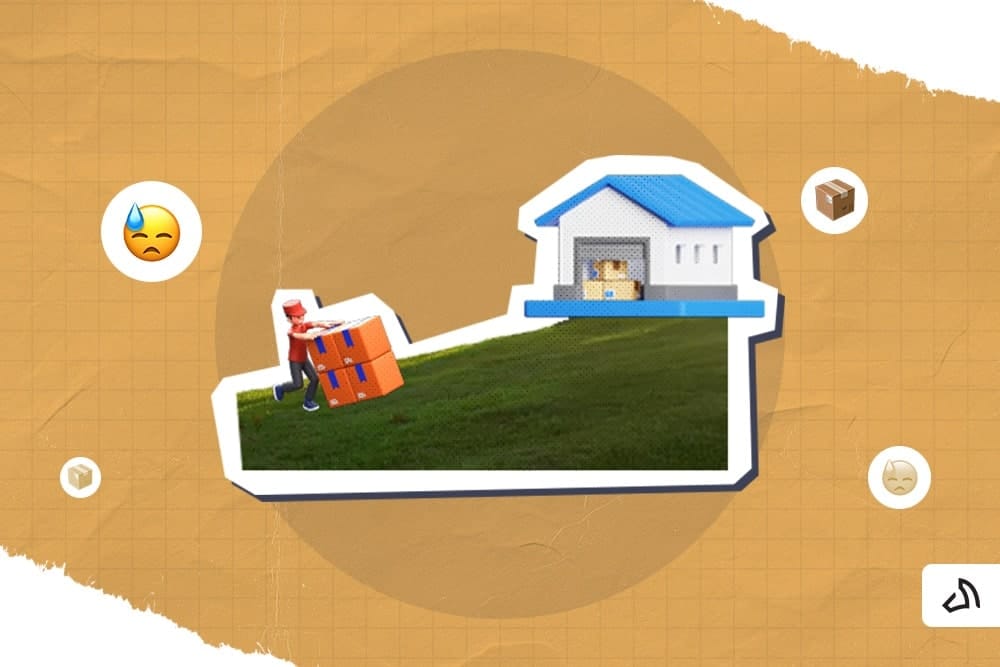
Yes, micro-fulfillment centers have numerous advantages. However, implementing and operating these facilities comes with its own set of unique challenges. Understanding these challenges is crucial for companies to determine whether this strategy fits their operations.
Setting up a micro-fulfillment center requires a significant upfront investment. Companies need to purchase sophisticated automation systems, robots, and smart inventory management software.
Unfortunately, the cost of retrofitting existing spaces with the necessary technology and infrastructure can be substantial. Of course, these systems eventually pay for themselves through improved operational efficiency. However, the initial price tag—often running into millions of dollars—can be a major hurdle for many businesses.
The compact nature of these areas means tough choices about what products to stock. Unlike large warehouses, these facilities can't hold every item a retailer sells, which requires constant inventory replenishment.
Businesses must carefully analyze sales data to decide which products are worth precious shelf space. This limited capacity can be especially challenging for retailers, such as:
As a result, this will force them to juggle inventory and make strategic stocking decisions constantly.
Finding the perfect spot for your own micro-fulfillment center is tricky. The location needs to be close enough to customers for quick delivery. Unfortunately, real estate in urban areas is expensive and hard to find.
In addition, the space must also have the following:
Aside from that, businesses must also consider local zoning laws, competition from other retailers, and future growth potential in the area.
Also Read: Canada to US: Common eCommerce Fulfillment Issues
Micro-fulfillment centers are set to change how businesses manage inventory and deliver goods. As technology and consumer expectations evolve, these hubs will play an even larger role in logistics and retail.
Here's a deeper dive into their future:
Let's face it: Canadian cities are becoming "smarter." The country has connected infrastructure and data-driven systems, allowing MFCs to integrate seamlessly. They can communicate with traffic systems to optimize delivery routes, reducing delays and emissions.
For example, MFC could sync with electric delivery fleets and drones. This can ensure faster and more eco-friendly deliveries.
MFCs are currently focused on urban centers. However, advancements in automation and efficiency will make them viable in suburban and even rural areas. This could bridge the gap in delivery services for communities outside major cities. So, it enables faster shipping even in regions like the Prairies or the North.
Customers will have a more personalized shopping experience. For example, customized products, like printed T-shirts or assembled furniture, will be delivered faster.
Another example is a localized inventory based on community preferences. Knowing what the audience wants allows you to improve stock availability.
The future of MFCs lies in advanced technologies, such as:
MFCs will strengthen the connection between online and physical stores. Retailers will use these locations to:
MFCs will inspire sellers to create innovative business models, such as:
Micro-fulfillment centers represent a pivotal innovation in modern retail logistics. These tech-driven facilities are set to reshape how businesses deliver products to customers. Challenges exist, but the potential benefits make them an attractive solution for retailers.
Faster delivery, lower costs, and increased efficiency can help them adapt to a rapidly changing marketplace. The future of delivery is here, and it's getting smaller, smarter, and closer to home.
Are you ready to transform your fulfillment strategy? Stallion will help you streamline operations, reduce costs, and deliver faster than ever!
Don't wait—call now for a free consultation and take the first step towards bringing your supply chain to the next level!

Jose is Stallion's Senior Business Analyst. He helps improve the company’s shipping processes, works closely with delivery partners, and looks at shipping data to find the best prices for our customers. Outside of work, Jose has a passion for running, regularly completing 5k and 10k runs, with the goal of running a full marathon in the near future.
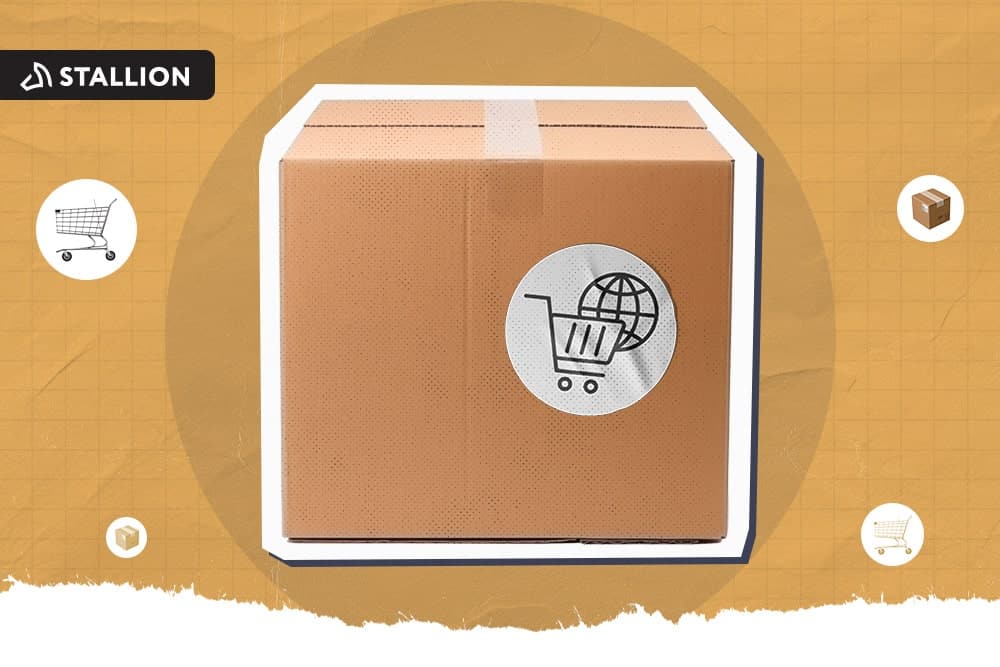
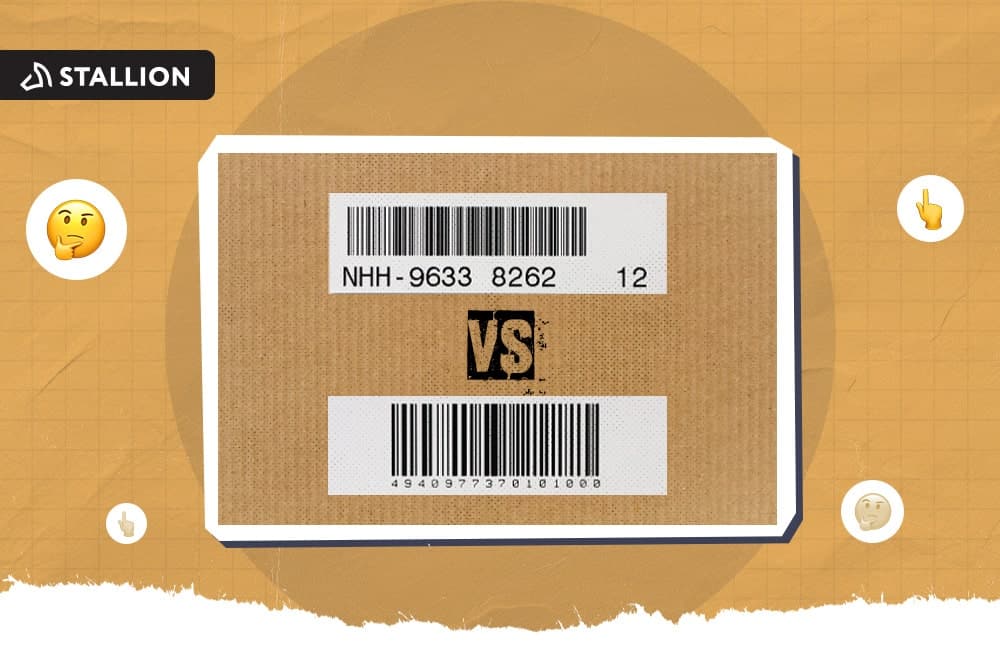
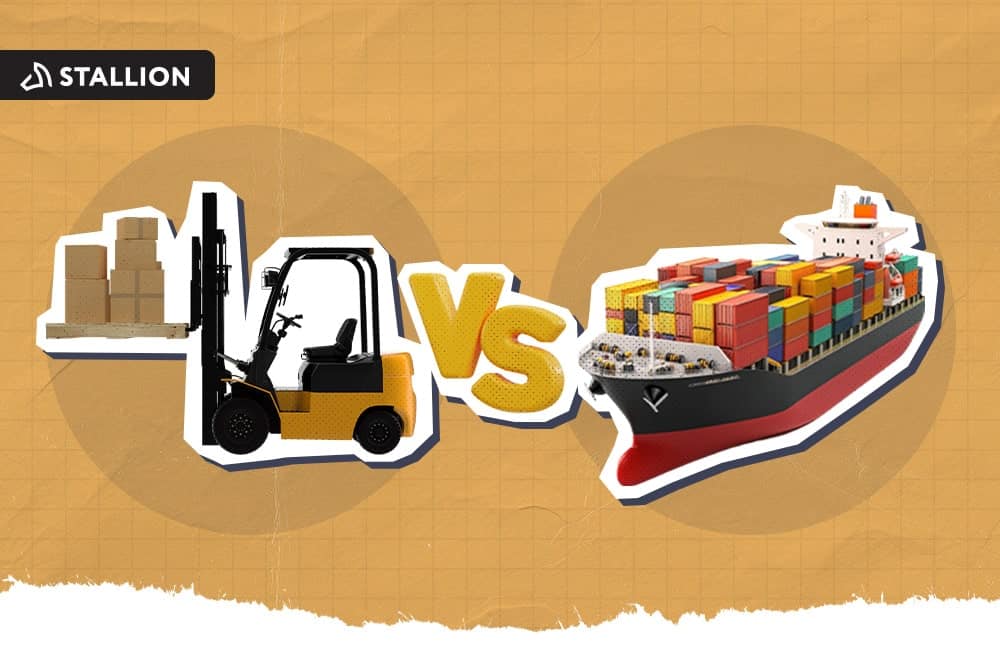
Can our fellow Torontonians relate?
-
#smallbusiness #business #entrepreneur #socialmedia #shipping #ecommerce #canadianecommerce #shopify #poshmark #b2b #saas #etsy #ebay #canada #canadiansmallbusiness #shoplocalcanada #entrepreneur
#toronto

Here’s your quick hassle free shipping from 🇨🇦 to 🇺🇸 as a business owner!
-
Any questions?! Leave them 👇🏻 and save this video so you don’t forget!
-
#smallbusiness #business #entrepreneur #socialmedia #shipping #ecommerce #canadianecommerce #shopify #poshmark #b2b #saas #etsy #ebay #canada #canadiansmallbusiness #shoplocalcanada #entrepreneur

Meet @drinkbenny a 🇨🇦 female founded energy drink brand! Instead of focusing on their products, they’re taking a unique approach by hosting in person events in different Canadian cities to offer an experience for their community 🧡
-
What are your thoughts on in person events? 💭
-
#smallbusiness #business #entrepreneur #socialmedia #shipping #ecommerce #canadianecommerce #shopify #poshmark #b2b #saas #etsy #ebay #canada #canadiansmallbusiness #shoplocalcanada #entrepreneur

Do you know the difference between DDU and DDP when shipping internationally 🌏 ?
-
Questions? Leave them below! 👇🏻
-
#smallbusiness #business #entrepreneur #socialmedia #shipping #ecommerce #canadianecommerce #shopify #poshmark #b2b #saas #etsy #ebay #canada #canadiansmallbusiness #shoplocalcanada #entrepreneur

Here’s a quick hack to save time from choosing multiple postage options
↪️ Turn on the lowest postage rate automation to save you time!
-
Questions? Leave them below! 👇🏻
-
#smallbusiness #business #entrepreneur #socialmedia #shipping #ecommerce #canadianecommerce #shopify #poshmark #b2b #saas #etsy #ebay #canada #canadiansmallbusiness #shoplocalcanada #entrepreneur
